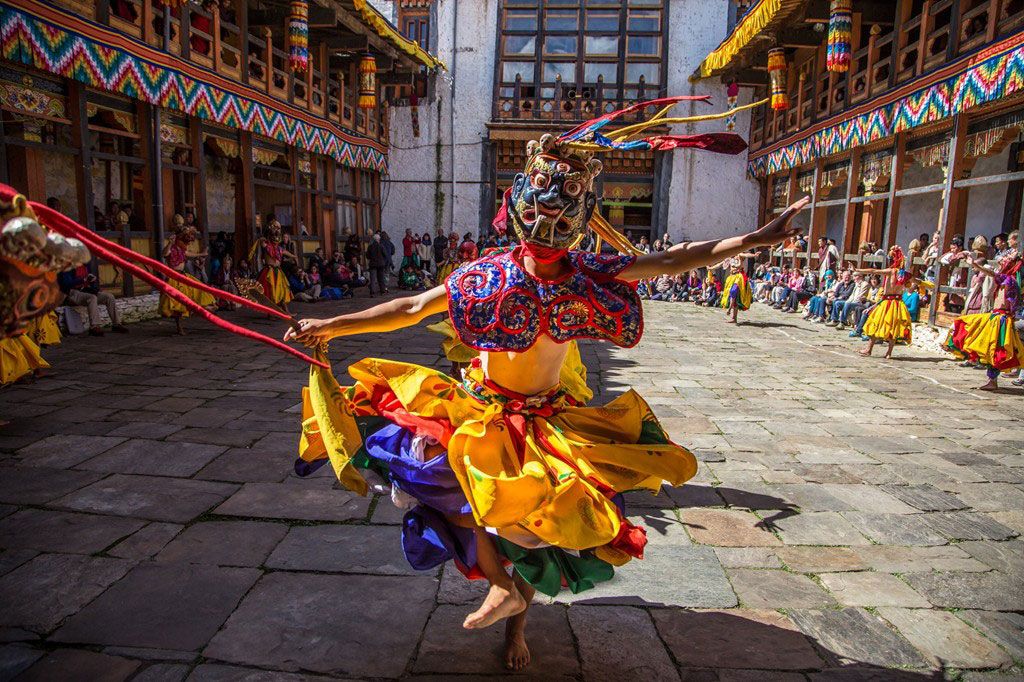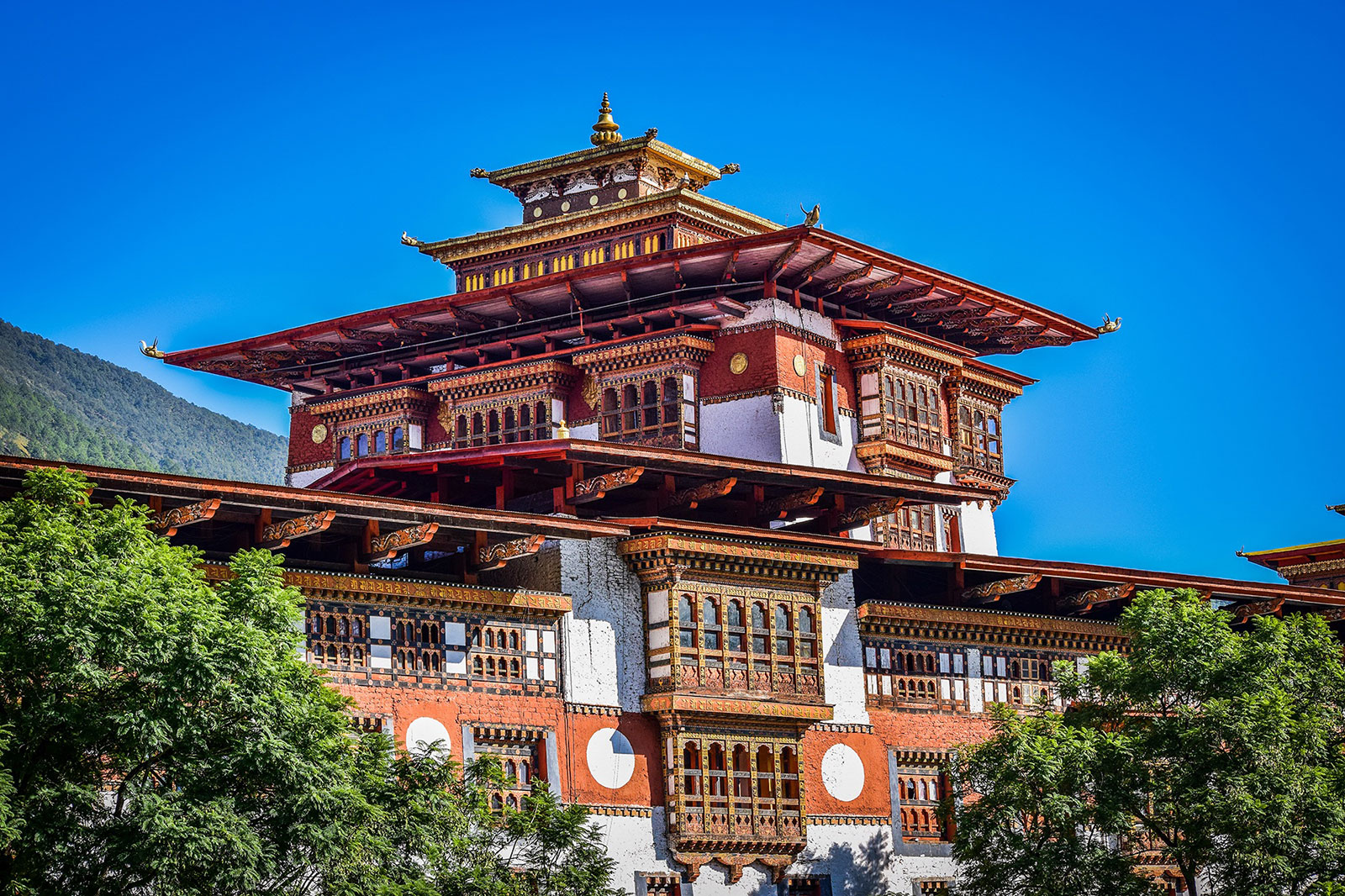Political system of Bhutan has a dual system of administration where temporal affairs are looked after by the King and spiritual matters by the Je Khenpo (Chief Abbot). This form of administration was established in 1616 by Zhabdrung Ngawang Namgyal. In earlier days, the Desi appointed by the Lhengye Tshog (Council of Ministers) and Zhung Dratshang (Central Monastic Body)looked after the temporal affairs.
In 1907, the people of Bhutan unanimously crowned Gongsar Ugyen Wangchuck as the First hereditary King of Bhutan. Since then, the country was ruled by the successive monarchs of Wangchuck dynasty.
The Tshogdu (National Assembly) was introduced in 1953 by the Third King Jigme Dorji Wangchuck to ensure democratic form of governance. The National Assembly members were elected and represented every geog (smallest administrative unit). It is during the National Assembly that laws are enacted and issues of national importance are discussed by the members.
Another move towards strengthening the democratic form of governance was the establishment of the Lodoe Tshogde (Royal Advisory Council) in 1963. The council was established as a link between the king, council of ministers and the people. It offers advises to the king and the council of ministers on important issues.
With the establishment of Dzongkhag Yargay Tshogdu (District Development Assembly) in 1981 and Geog Yargay Tshogchung (County Development Assembly) in 1991 by the Fourth King Jigme Singye Wangchuck, decision making was decentralized at the district and block levels.
The highest form of decentralization came in 1998 when the Fourth King devolved his power to the elected cabinet ministers. Thereafter, the King remained as Head of the State while the cabinet ministers led by the Prime Minister managed the government.
Drafting of constitution of Bhutan began in November 2001. A committee chaired by the Chief Justice of Bhutan, was formed on the advice of the Fourth king. The constitution was launched in 2008 with the introduction of parliamentary democracy. Since the establishment of National Assembly in 1953, Bhutan took 45 years to institute Parliamentary Democracy in 2008. Political parties were formed in 2007 and the first parliamentary elections took place in 2008. The new government constitutes of upper house represented by the National Council and lower house which is based on political parties. The Druk Phuensum Tshogpa won the general elections and Jigme Yoezer Thinley became the first elected Prime Minister of the new government.
The Bhutanese government comprises of Legislature, Judiciary and the Executive bodies. The ruling political party, the opposition and the National Council form the legislative body.









